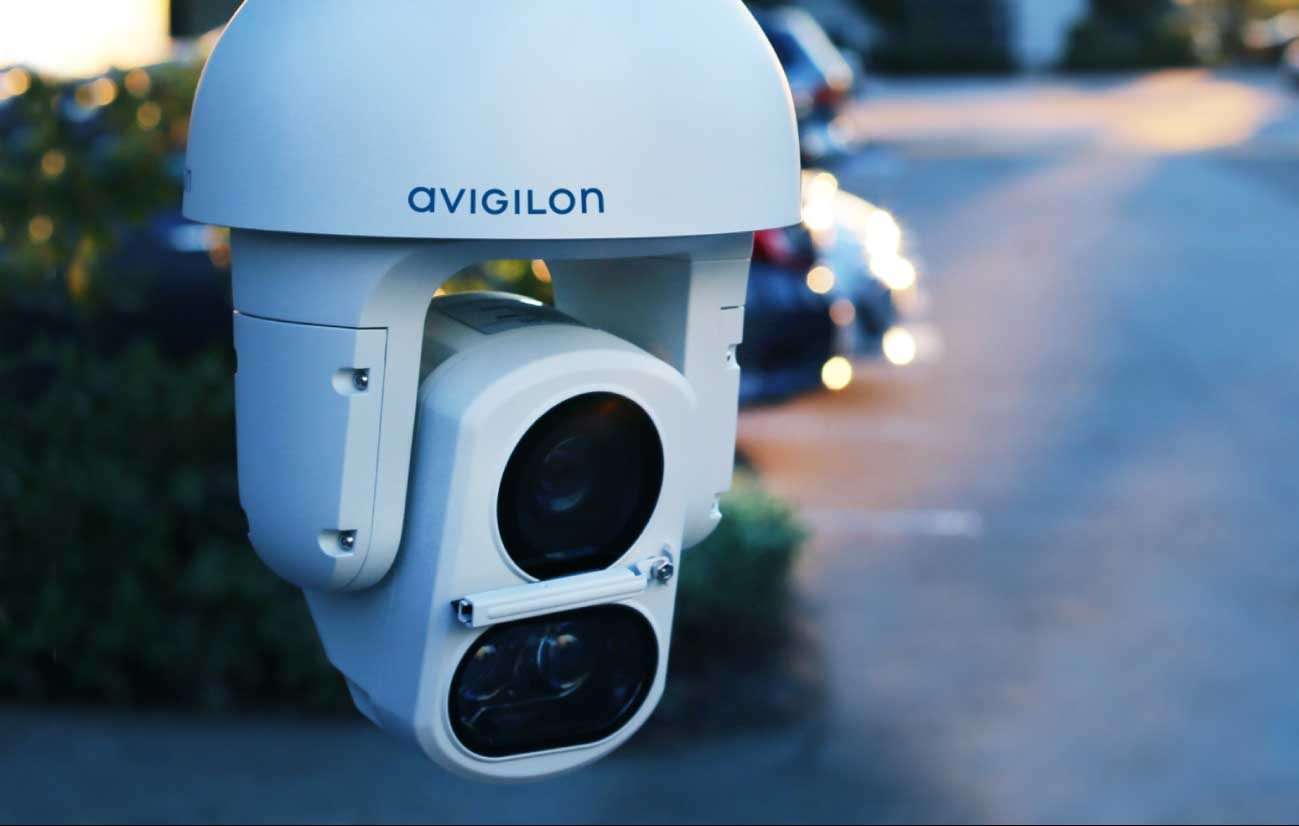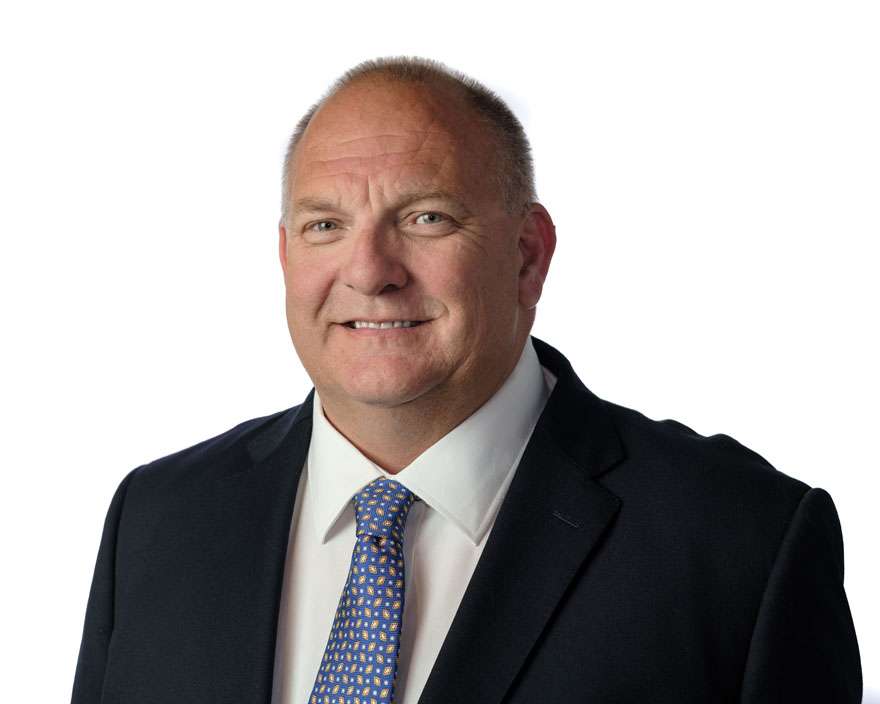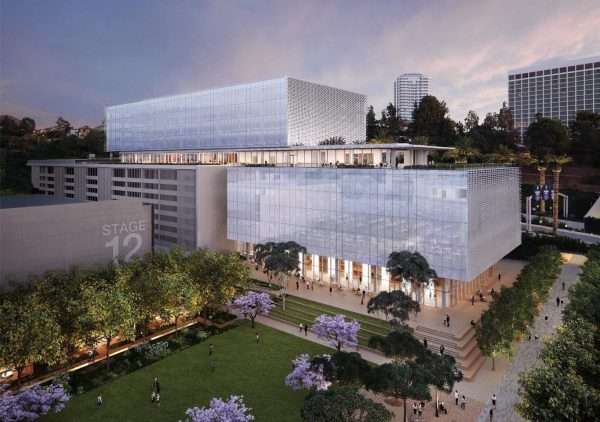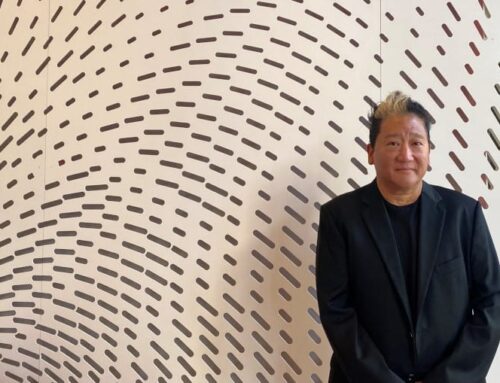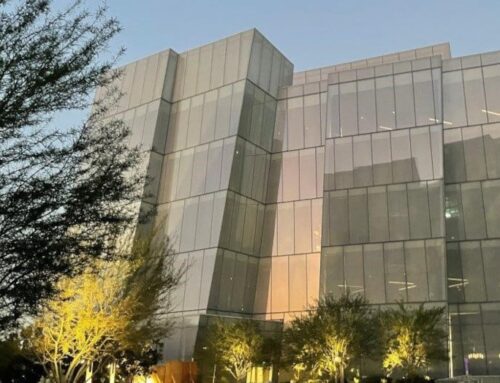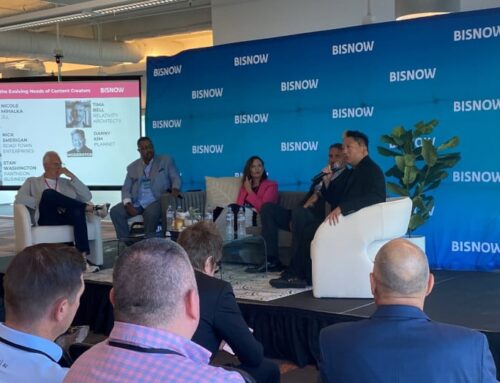Joining us today is TJ Hicks, a practice manager and principal at PLANNET. He has been a leader in the security industry for 32 years and began his career in security systems manufacturing and integration project management and sales, then migrated into security consulting 21 years ago. He brings diverse experience and responsibilities to managing large and complex security and low voltage system technology projects. TJ primarily focuses on all aspects of assessment, facility planning, design, implementation, and operations, bringing value to every project.
T.J. Hicks, Principal, Security Practice Manager
Q: What are most PLANNET security clients installing/implementing into their spaces?
TH: There are several different security technologies requested by our clients depending on their vertical market. A frequent request for access control is the use of cellular credential applications to access their space. The use of cellular credential apps has been the most significant identifiable change in the past 2-3 years. Additionally, card reader technology has migrated to more sophisticated use through smart technology. Thus, the typical “Access Control” only credential can now be easily used for Point of Sale (POS) transactions.
Regarding video surveillance, the use of higher megapixel cameras in combination with analytics has become the norm. Strategic design of camera locations utilizing higher-megapixel cameras and analytics can result in substantial savings for our clients. We find that we can place one (1) camera into a critical location to achieve the same coverage that used to require three (3) to four (4) cameras. Seamlessly integrating intrusion detection into both Access Controls and Video Surveillance Systems has provided our clients with flexibility when establishing the security posture.
PLANNET is assisting in the design of the security systems infrastructure at L.A.’s Union Station
Q: What kind of spaces do you primarily work in?
TH: We design security systems for many different market verticals. While the technology is similar in functionality, how that technology is applied can be quite different. Parking structures, commercial office buildings, healthcare facilities, school campuses, etc., all have specific security needs and requirements. Security technology is applied differently when developing a design for a parking structure versus a hospital. This is why I enjoy designing security systems; every client has a different need and application.
Q: What is the most exciting up-and-coming technology in security?
TH: From my perspective, the seamless integration of all security systems is the most exciting. Many manufacturers are starting to provide seamless integration between access control, video surveillance, and intrusion detection systems. Having all these systems working with each other creates a seamless experience for the end-user. Users no longer have to look at three different systems to gather information to figure out how, where, and when an incident occurred. We have seen the industry shift towards this seamless user experience over the past five years. For example, we are beginning to see things like Access Control granted by facial recognition through a video camera. These systems also provide tremendous flexibility by integrating with third-party systems, thus adding more security functionality versus the classic Access Control and Video Surveillance monitoring and management only.
Q: What are the recommendations you most often make to clients during a project?
Q: When performing an assessment, I identify the existing risks that our clients have to mitigate. The ability to properly communicate the severity of these risks to my client is critical. But what’s even more important is to make a recommendation that significantly reduces this risk while understanding their security posture and budget constraints. It is not a viable recommendation if the client cannot afford to implement the solution. I have made thousands of recommendations throughout my career—each of them presenting a different method to minimize risk to their employees and assets, but what they all have in common is a practical and fiscally responsible way of being implemented.
NBCUniversal Campus opening in 2023
Q: What has been your favorite project to work on?
TH: I enjoy developing assessments and working with all of our clients. The assessment is my favorite because it provides the initial blueprint for the implementation of security technology. The assessment is the foundation on which security designs are built. Once the recommendations from the assessment are approved, the next logical step is the design of the security system. The design then gets implemented. It is hugely satisfying to see your security concepts defined in the assessment be implemented to protect our clients’ sites, employees, and assets.
Q: What are the most significant technical challenges clients need to be aware of when implementing security solutions?
TH: Clients need to be strategic in their placement of security components. Clients know they need security, but rarely know what type or how much. They take what I like to call a “shotgun” approach when they are on their own. They will just throw a lot of security into a particular area without understanding or thinking about the strategic things they are trying to accomplish. Often, they are making security decisions without understanding what the actual issue is. Independently, they will over utilize Access Control or Video Surveillance. They need, and what PLANNET does, is to create a strategy that considers all aspects and will address vulnerabilities specific to what the client is trying to protect. It is also our job to thoroughly explain every aspect of the security design to the client. They need to be comfortable and understand that they are working in an environment that is protected. When you are over-designing or over-specifying security designs, this can create overruns in the budget or cause security over-saturation in areas. We have recommended to our clients downsizing their technical security footprint to make their space more secure. Our strategic approach is to apply best practices to the implementation of security systems, which prevents our clients from over- or under-designing.
Q: What makes PLANNET’s security team so unique? What sets them apart?
TH: PLANNET provides a number of low-voltage design practices under one roof. Besides security, we have assessment and design capabilities in Audio Visual (AV), Physical Infrastructure, and advanced Networking. This provides me multiple resources to use when applying security technology within our clients’ facilities. For example, when designing a Security Operations Center, I can use an AV resource to help implement video monitoring and sound masking. And for the same design, I can tap into our knowledge of infrastructure and Networking to ensure the design supports our client’s cabling and networking communications requirements. This is a tremendous advantage and value to our clients that most traditional security consulting firms can’t provide.
Looking to upgrade your physical security technology? Please feel free to reach out for a consultation on how PLANNET can help you update and modernize your infrastructure.


